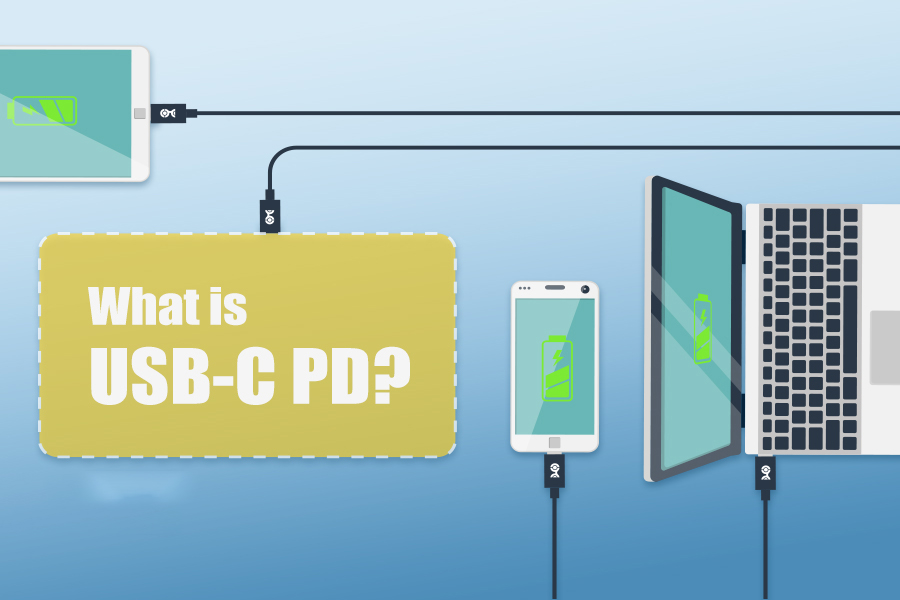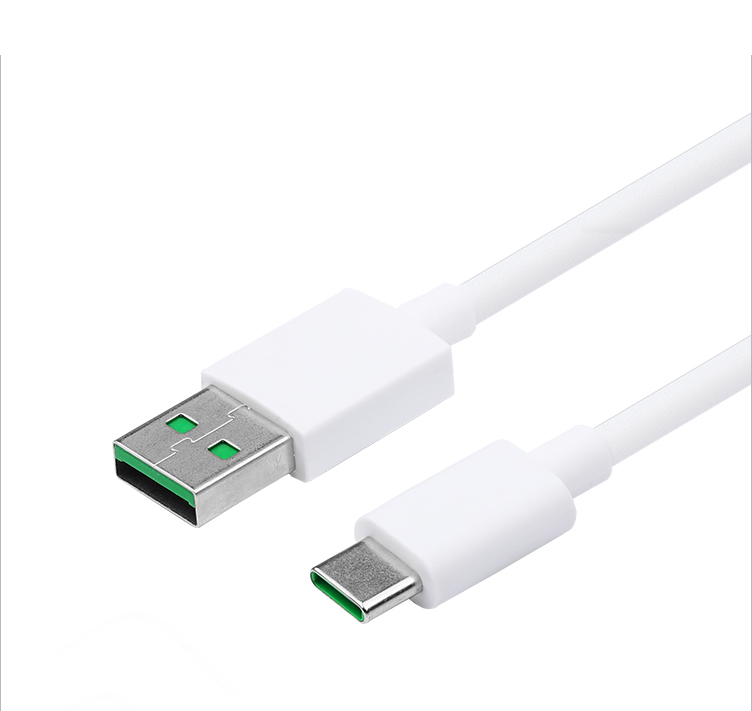
USB-C has a lot going for it, from its reversible shape to its diminutive size. But it's in the facilitation of fast charging for supporting devices (like the iPhone X) which make it so beloved. That's made possible by a technology known as Power Delivery, or more specifically, Power Delivery 2.0 and 3.0. USB-C enjoys all of its reversible benefits and offers charging to devices at greater voltages and wattages, for wider device charging support, and improved charging speed.
Power Delivery through the generations
The idea behind USB Power Deliver technology is to enable faster charging of devices that can handle higher wattages. Before USB-C and Power Delivery, existing devices could charge at a maximum of 15W, though most didn’t even go beyond 7.5W. This limit is based on the mechanical design of USB cables - they simply couldn’t handle more power safely.
With USB-C’s finalization in 2014, finally, a USB cable existed that could actually handle higher power. USB-C has a separate channel for the configuration that allows it to accomplish power negotiation between the source and sink. Power Delivery 2.0 was released around the same time and allowed 100W of power over 20V connections. The key here is support for voltage profiles beyond the standard 5 volts and 3 amps - support for higher voltage and current is what makes USB-C PD so valuable. It is also important to note that to support power beyond 60W (20V @ 3A), an electronically marked cable is necessary, for safety reasons.
That was a major step forward, where previously most USB devices did not charge above 7.5W (5V @ 1.5A), making for slow charging of smart devices, and no practical option for charging larger devices like tablets or laptops. Power Delivery aimed to change that.
Note: Although some companies like Qualcomm had their own fast chargers before Power Delivery that could deliver up to 18w to a compatible smart device, they were proprietary protocols. Power Delivery was designed as a unified standard that any device manufacturer could take advantage of.
What is USB-C power delivery? It's the latest and greatest USB charging technology that enables faster charging for all sorts of devices.
What about Power Delivery 3.0?
Power Delivery’s most recent iteration, PD 3.0, is an even more robust standard than PD 2.0. It allows the same charging rates as PD 2.0, but does so more efficiently, and is better for battery life.
Where Power Delivery 2.0 changed the "rules" of the USB charging game, Power Delivery 3.0 is focused on improving information about the charging taking place. PD 3.0 chargers and compliant devices can communicate far more effectively, letting each other know if there is a problem with the device, whether temperatures are rising too high, or if there is an unexpected drop in charging speed for some reason.
This is really important for diagnostics, but as well as the dynamic management of charging. Power Delivery 3.0 allows for much finer control of VBUS power (an important component of USB power management). This is important because it allows the charger and device to negotiate the optimal charging rate while increasing battery longevity.
How to take advantage of Power Delivery 3.0
Take a look at the specs of a charger before you make a purchase to determine whether it supports PD 3.0. If it does, you know that you’re getting the latest in safe & fast charging abilities. In 2018 the USB governing body, the USB Implementers Forum, instigated a new naming convention where chargers that could support PD 3.0 over USB-C could be designated as Certified USB Fast Chargers so you can also keep your eye out for that certification.

By continuing to use the site you agree to our privacy policy Terms and Conditions.